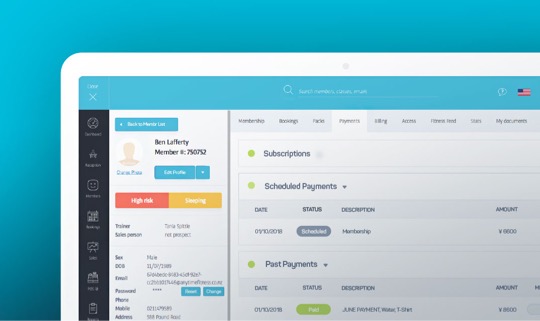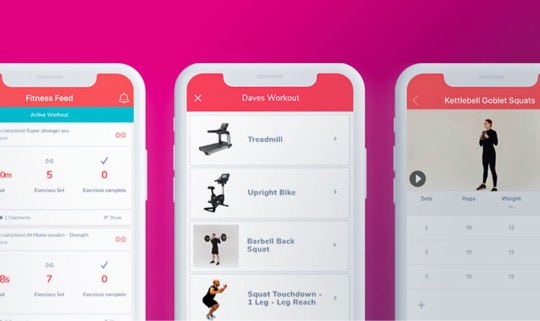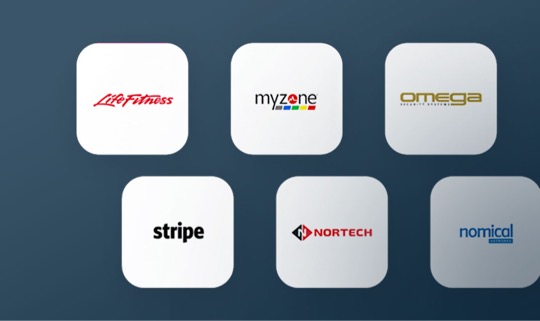When you’re running a gym, it’s important to keep track of your business metrics. Learn how to use reporting in 3 simple steps!
One of the most important tools you have for measuring the health of your fitness business is reporting.
By analysing key performance indicators (often referred to as KPIs), you can gain invaluable insight into how your gym is performing and identify areas that need improvement.
In this blog post, we will explore how to use reporting to effectively measure your gym’s health!
1. Measure what matters
The first step is to identify what are the KPIs that are important to monitor. These are the metrics that are most important to the success of your business.
These can vary from gym to gym, but here are some of the most common KPIs for gyms to measure their financial and operational health:
1. Member Retention Rate
2. Average Revenue per Member
3. New Member Acquisition Rate
4. Conversion Rate (from prospects to members)
5. Visit Frequency
6. Membership Growth Rate
7. Revenue Growth Rate
Once you’ve identified the KPIs that matter the most to your gym, you can baseline them and track them over time to get a much clearer picture of your business performance.
2. Make sense of the data
The next task is to collect and analyse this data accurately and effectively.
To measure your KPIs, you’ll need to collect data on a regular basis. This will include information on membership numbers, revenue, visits and more.
Staying consistent with collecting data will benefit you greatly in the long run!
For example, if you choose to track KPIs on a monthly basis, it’s key that you collect data at the same time each month, so that you can monitor and spot trends based on the same intervals of time.
We’re aware that gym owners, particularly independent owners, are incredibly busy people. Tasked with doing many different jobs within the gym, those in charge of running a gym often face the impossibility of creating efficiency when it comes to reporting.
But worry not! Most gym management softwares will have built-in tools to allow you to gather this information quickly and easily, and to be able to analyse it either in your own way, or with pre-built reports and metrics.
3. Aim higher
Benchmarking and setting goals is another important step in the process. This will provide context and purpose to the data you are collecting.
Goals will help you identify areas where you need to improve and measure your progress over time.
Keep in mind that you need to make the goals ambitious, but achievable!
For example, if your current member retention rate is 70%, do not set a goal of increasing this to 95% in 3 months as this is unrealistic and will only create demotivation in the future.
Small, incremental improvements will turn into big results over time.
Bonus tip!
It’s essential that you begin to communicate the results of your reporting to your team and work together to take action based on what you find.
For example, if you notice that your member retention rate is declining, you may want to implement a new member engagement strategy or offer incentives for member referrals.
In other words, communication is the secret ingredient!
By utilising reporting effectively, you can stay on top of your business metrics and make data-driven decisions that will help you improve your business health. With the right tools and strategies in place, you can ensure that your gym is thriving and your members are happy and engaged at all times.
👉🏻 Continue reading: How Automated Is Your Gym Management? (Take the Quiz)
Marcus Eaton 👋
HEAD OF GROWTH
With over 10 years of sales experience, Marcus is passionate about connecting with people who want to make a difference in the fitness sector. With a strong competitive spirit and a true talent for problem solving, Marcus is always up for a challenge. In his free time, he can be found playing rugby and exploring the world, one country at a time.














